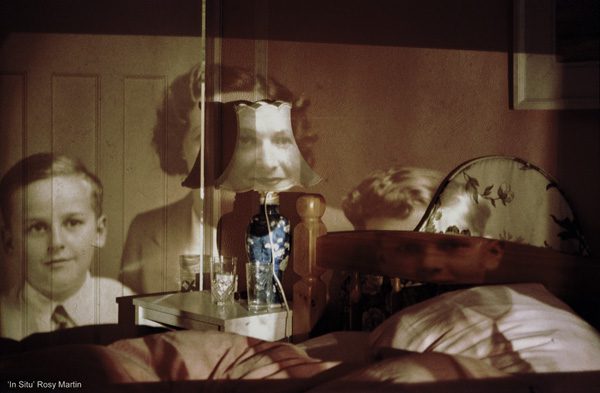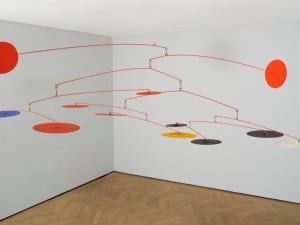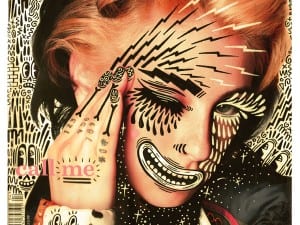In Family Secrets: Acts of Memory and Imagination, Annette Kuhn commented that a photograph should not be considered a ‘mirror of the real’ but ‘material for interpretation, evidence in that sense: to be solved, like a riddle; read and decoded, like clues left behind at the scene of a crime. Evidence of this sort, though, can conceal, even as it purports to reveal, what it is evidence of. A photograph can certainly throw you off the scent’. While Kuhn’s comments may be applied to any genre of photography, they are particularly relevant to family photography in which, when face to face with a camera, the conventional response is to smile, an act which often masks a much wider range of emotions.
Family photographs may simply seem to provide a record of people and events, and, of course, on one level they do, while the ambivalence of the photographic medium means that they are, in fact, far more complex than they appear to be. Their familiarity lends them a superficial accessibility: images of people and of occasions which we have also experienced do not seem to signify anything more than is immediately evident. However, this familiarity and assumed naturalness are central to photography’s art/document duality, in which the constructed nature of the medium is neglected. It is precisely their surface ordinariness that conversely turns such images into remarkable, multilayered capsules of material, not only about the individuals portrayed but about the social, political and cultural worlds in which they lived.
The artists in Family Ties: Reframing Memory employ familiarity as a tool with which to engage the viewer and dig through the smooth surface of the image. Many of the works related to a number of themes and methods, such that to discuss them individually would be narrowly restrictive and misleading. For some of the artists, found family photographs provided the starting point with which to investigate the conflicts within family relationships that are often glossed over or buried more deeply.
Other works explored family narratives in relation to place, whether memories embedded in the family home, or a retracing of ancestors in more distant locations. The visuals were often combined with words to anchor them and, in doing so, indicate their wealth of interpretation. Wider contexts further framed the works, from literary references, to political issues, feminism and social change, while a range of methods were used in their production, drawing on life history, enactment, diary writing and autobiography. A tension between the tangible and intangible, the visible and invisible, structured many of the works, in which images are layered or difficult to decipher, much like the memories that they represent. Indeed, Kuhn’s words on photography are equally applicable to the instability and ambivalence of memory, which similarly has dual functions in recording and constructing, both individual and collective narratives.
All six artists are members of the Family Ties Network, a research group of artists, filmmakers and writers who hold regular workshops to explore memory, space, place and the family in photography and the moving image. The exhibition was associated with the international conference, Picturing the Family: Media, Narrative, Memory (10–11 July 2014, Birkbeck, University of London).
Family Ties: Reframing Memory explored the representation of family memory through the photographic, video and sound works of six artists. Suze Adams, Nicky Bird, Jacqueline Butler, Rosy Martin, Lizzie Thynne and Sally Waterman.
Deborah Schultz
Family Ties: Reframing Memory, Peltz Gallery, School of Arts, Birkbeck, University of London www.bbk.ac.uk
Follow us on Twitter @AestheticaMag for the latest news in contemporary art and culture
Credit:
1. Rosy Martin, In Situ (2008-9)





